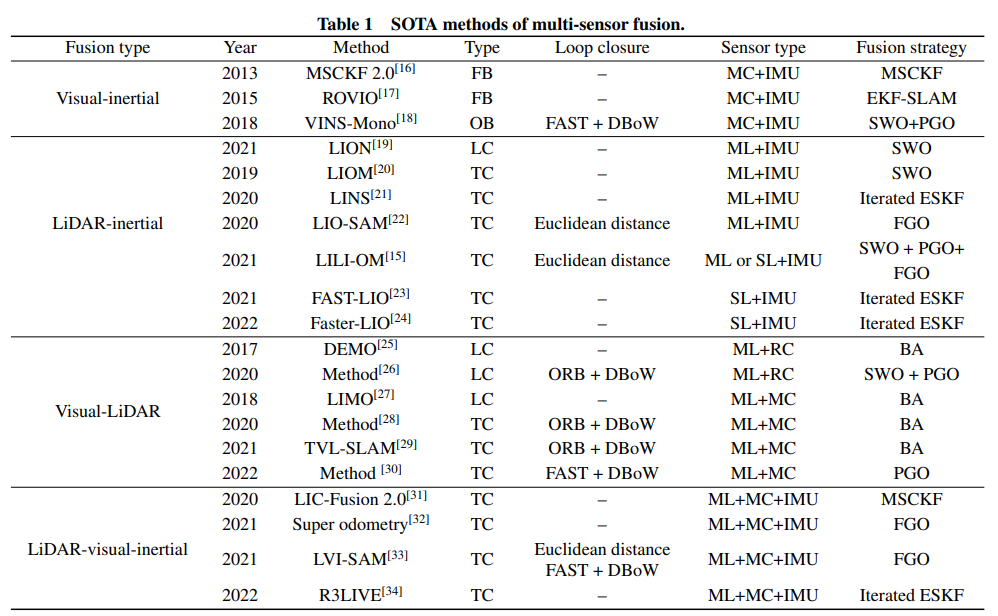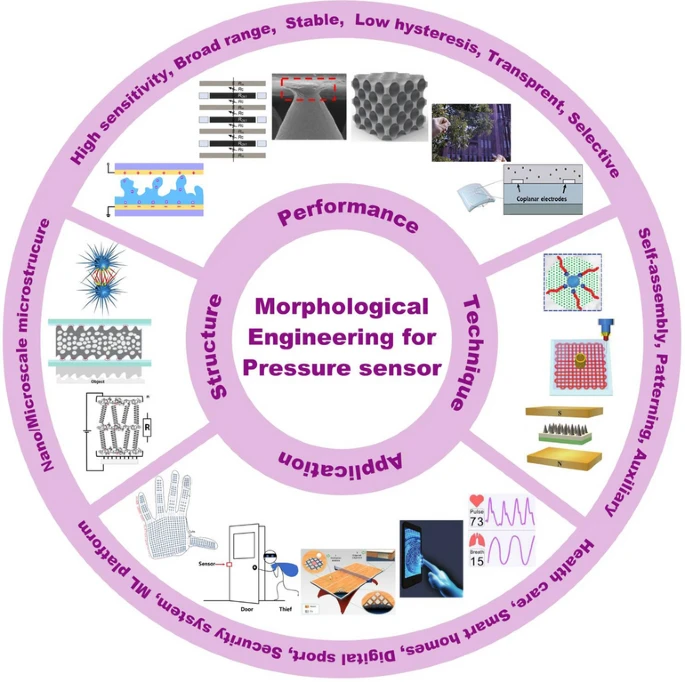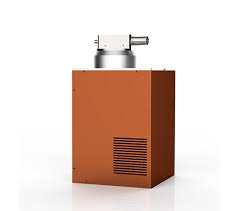Hydrogen, a clean and renewable energy carrier, powers fuel cell vehicles with water as the only emission, making it a preferred solution for new energy vehicles. However, hydrogen¡¯s high flammability in air mixtures, ignitable at just 4% concentration, necessitates highly effective sensors for safety monitoring. Detecting hydrogen is challenging due to its invisible, odorless, and volatile nature, requiring sensors with rapid response times to identify leaks before ignition. This article reviews the technical status of hydrogen sensors, focusing on electrochemical, electrical, and optical types, and their applications in energy, industrial, and medical sectors.
Electrochemical Hydrogen Sensors
Electrochemical hydrogen sensors convert chemical signals into electrical signals to measure hydrogen concentration. They consist of a sensing electrode and a reference electrode. When hydrogen reacts with the sensing electrode, changes in charge transfer or electrical properties are detected to determine concentration. These sensors are divided into two subtypes: current-based and potential-based.
Current-Based Sensors
Operating between -20¡ãC and 80¡ãC, current-based sensors use catalytic electrodes, with sputter-coated platinum electrodes offering the highest activity and stability. They can detect hydrogen concentrations from 0 to 10,000 ppm with a 30-second response time and a sensitivity of 4 ¦ÌA/100 ppm. However, measurements are significantly affected by temperature, pressure, and humidity variations.
Potential-Based Sensors
Potential-based sensors measure the potential difference between the sensing and reference electrodes, suitable for detecting hydrogen in gases, liquids, or molten metals at ambient or high temperatures. Their design is nearly independent of size and structure, making them ideal for miniaturization. Unlike current-based sensors, which show a linear response to hydrogen concentration, potential-based sensors exhibit a logarithmic response, resulting in lower sensitivity at low concentrations.
Electrical Hydrogen Sensors
Electrical hydrogen sensors leverage the relationship between a material¡¯s electrical properties and hydrogen concentration, categorized as resistive or non-resistive based on their operating principles.
Resistive Sensors
Resistive sensors, primarily semiconductor metal oxide sensors, use materials like tin oxide. Oxygen adsorption increases resistivity, while hydrogen reduces adsorbed oxygen, lowering resistivity. These sensors detect 10 to 20,000 ppm with response times of 4 to 20 seconds. Doping with palladium or platinum improves selectivity, but poor selectivity to other reducing gases (e.g., methane, carbon monoxide) remains a challenge. They offer long lifespans (up to 10 years) and fast responses but are prone to interference.
Non-Resistive Sensors
Non-resistive sensors, such as Schottky diode and field-effect transistor types, measure capacitance or barrier height changes. Schottky diode sensors, more common, form a Schottky junction by depositing a thin metal layer on a semiconductor. Hydrogen adsorption on the catalytic metal surface dissociates into atomic hydrogen, diffusing to the metal-semiconductor interface, altering the diode¡¯s voltage or capacitance. These sensors are simple, compact, and easily integrated but require high operating temperatures, increasing energy consumption, and may produce sparks, making them unsuitable for flammable environments.
Optical Hydrogen Sensors
Optical hydrogen sensors utilize the optical properties of gases, categorized into fiber-optic, surface acoustic wave (SAW), and photoacoustic types.
Fiber-Optic Sensors
Fiber-optic sensors combine optical fibers with hydrogen-sensitive materials, detecting concentration through changes in optical properties. Subtypes include:
- Micro-Lens Type: A palladium film on the fiber end forms a micro-mirror. Hydrogen absorption creates palladium hydride, altering reflectivity and refractive index, measured via spectral changes.
- Interferometric Type: Palladium-coated fibers expand in hydrogen, stretching the fiber and shifting the optical phase. Phase changes measured by an interferometer indicate concentration. These sensors offer high accuracy but are sensitive to temperature, requiring compensation.
- Evanescent Field Type: Removing part of the fiber cladding exposes the evanescent field, coated with hydrogen-sensitive material. Hydrogen-induced optical changes alter light intensity, enabling concentration measurement. These sensors support distributed sensing using optical time-domain reflectometry (OTDR) for long-range applications.
- Fiber Bragg Grating (FBG) Type: Periodic gratings in the fiber core reflect specific wavelengths. Palladium coating expands with hydrogen, shifting the reflected wavelength. FBG sensors resist light source disturbances and support multiplexing but face challenges with palladium film durability and complex signal demodulation.
Surface Acoustic Wave (SAW) Sensors
SAW sensors use acoustic waves propagating along a piezoelectric substrate, typically with a palladium film. Hydrogen adsorption alters the film¡¯s optical properties, shifting the wave frequency to indicate concentration. These sensors offer high accuracy but have short lifespans due to film corrosion and high costs.
Photoacoustic Sensors
Photoacoustic sensors detect hydrogen indirectly via the photoacoustic effect, where modulated light excites gas molecules, generating acoustic waves. For hydrogen, which lacks infrared absorption, indirect methods are used. These sensors are highly sensitive and fast but are affected by temperature and photoacoustic cell variations, limiting their use.
Trends and Future Directions
Electrochemical and electrical sensors dominate the market due to their wide temperature range, low power consumption, and high sensitivity. However, their reliance on electrical signals poses risks in flammable environments, and electrode lifespans are limited. Optical sensors, particularly fiber-optic types, are gaining traction for their intrinsic safety, electromagnetic interference resistance, small size, and corrosion resistance. Fiber-optic sensors offer high sensitivity, precision, and real-time response, supporting both single-point and distributed measurements. Advances in fabrication and signal demodulation are expected to increase their market share.
Beyond hydrogen energy, these sensors are vital for power grids, chemical and nuclear industries, and medical diagnostics, highlighting their broad industrial and societal impact.
 ALLPCB
ALLPCB






